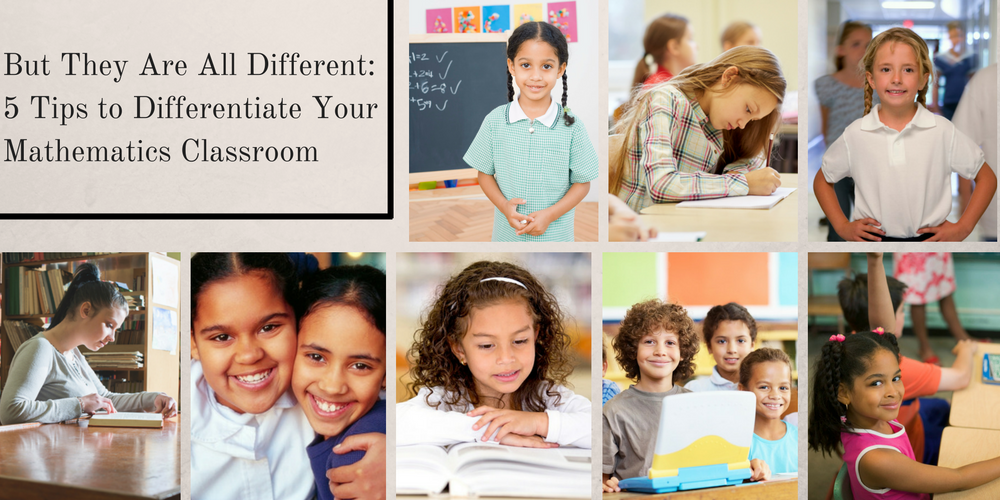 After presenting our lesson to the class, we found some areas in which we can improve for the future. One of the improvisions we would like to implement is the idea of simply slowing down when we are explaining what an inequality is and the steps it takes to solve an inequality. We would also like to pause and ask the class if they have any questions regarding the material. Though we did not have an entire class period to present our lesson plan, I believe the point of being patient with both the lesson we are instructing and the students who are learning this for the first time is a crucial part of being a teacher in middle grades.
After presenting our lesson to the class, we found some areas in which we can improve for the future. One of the improvisions we would like to implement is the idea of simply slowing down when we are explaining what an inequality is and the steps it takes to solve an inequality. We would also like to pause and ask the class if they have any questions regarding the material. Though we did not have an entire class period to present our lesson plan, I believe the point of being patient with both the lesson we are instructing and the students who are learning this for the first time is a crucial part of being a teacher in middle grades. On the flip side of this, I really thought, and so did our fellow classmates, we did well on making it a point to annotate each piece of the word problem given. Not only is this a crucial math tool when solving word problems but is also a great literacy tool that can carry over to other subject areas as well. Everyone seemed to be really engaged when we let them annotate a problem on their own and was eager to tell us what he or she annotated in the problem. Engagement in the classroom and an eagerness to do a certain activity I have learned is an extremely important asset to have when dealing with middle school students.
Overall, I think my group did very well for this assignment and was a great learning experience. I know we will all take the grows and glows into our future teachings.
Word Count: 313

